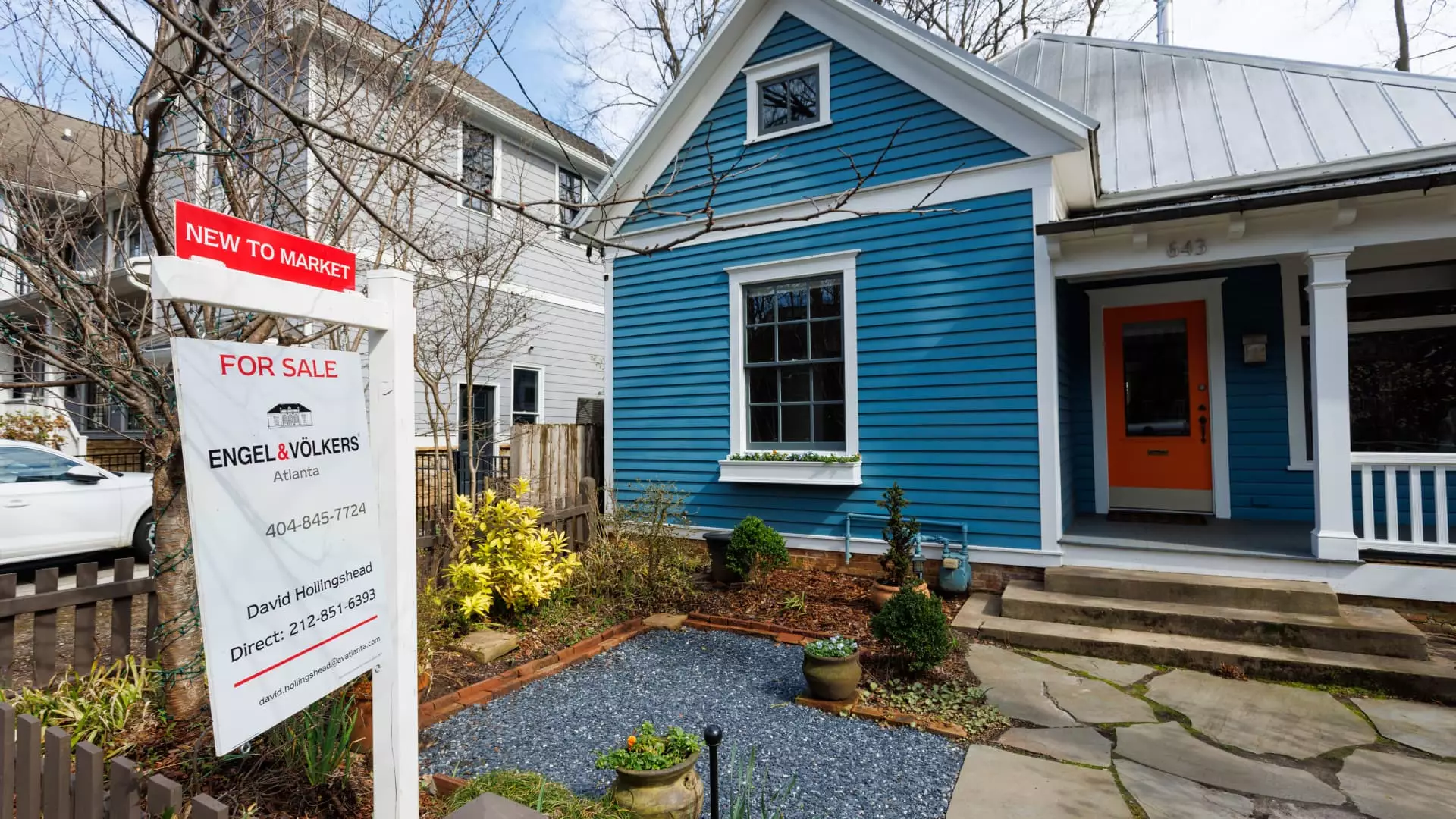In February, a surprising uptick in the sales of previously owned homes marked a 4.2% increase from January, leading many to breathe a sigh of relief. Yet, while the numbers suggest a revival, they may only represent a superficial trend rather than a genuine resurgence in the housing market, as analysts had predicted a decline. The figures indicate that sellers may still be shying away from the market due to prevailing conditions. Thus, an uptick might signal more a quirk of timing than a transformative shift.
Persistent Mortgage Pressures
Although mortgage rates are currently hovering in the high 6% range, which is an improvement from the 7% highs of the previous period, the lingering anxiety over rate fluctuations still haunts potential buyers. Lending rates can significantly influence purchasing decisions, and buyer apprehension is likely still tempered by fresh memories of rising interest rates. In short, the recent uptick in sales should be regarded with skepticism—are homebuyers truly returning, or are they merely responding to temporary conditions?
Inventory: A Double-Edged Sword
While it’s encouraging to see inventory levels rise by 17% year-over-year, we must consider that a mere 3.5-month supply suggests a market still tilted in favor of sellers. A balanced market requires a six-month supply; anything below that implicates ongoing tension in pricing and accessibility. Only those buyers in the upper-price brackets are feeling a taste of relief, with sales of homes above $750,000 seeing a boost. Perhaps the supply doesn’t quite meet the demand after all—merely providing appearances of an improving market.
The Increasing Strain on First-Time Buyers
Interestingly, first-time buyers did increase their presence, now accounting for 31% of sales as opposed to 26% the previous year. While that figure offers a glimmer of hope, it is essential to recognize that such growth occurs within the context of a high-price environment. The median price of a home reached a staggering $398,400, a record high for February. If potential homeowners want to enter this dream, they may need to sacrifice a substantial portion of their income, effectively making homeownership a luxury instead of a fundamental right.
A Weakening Market Beneath the Surface
The disconnect between the reported sales activity and the reality revealed by surveys cannot be overstated. A survey conducted by John Burns Research and Consulting illuminated that more than half of real estate agents perceive the current resale market as weaker than normal. This disconnect suggests that the data reflecting improved sales is built on shaky ground, underscoring the potential vulnerability of our housing market. Are we really witnessing a recovery, or merely a momentary reflection of improved market conditions that fails to account for endemic challenges?
In today’s dynamic real estate environment, the figures we closely monitor require a hard look, as the façade of growth can often mask the undercurrents of economic distress. As we dive deeper into the season, it becomes essential for all stakeholders to remain astute and cautious in interpreting these numbers—they may indeed harbor a more ominous truth than we wish to confront.

